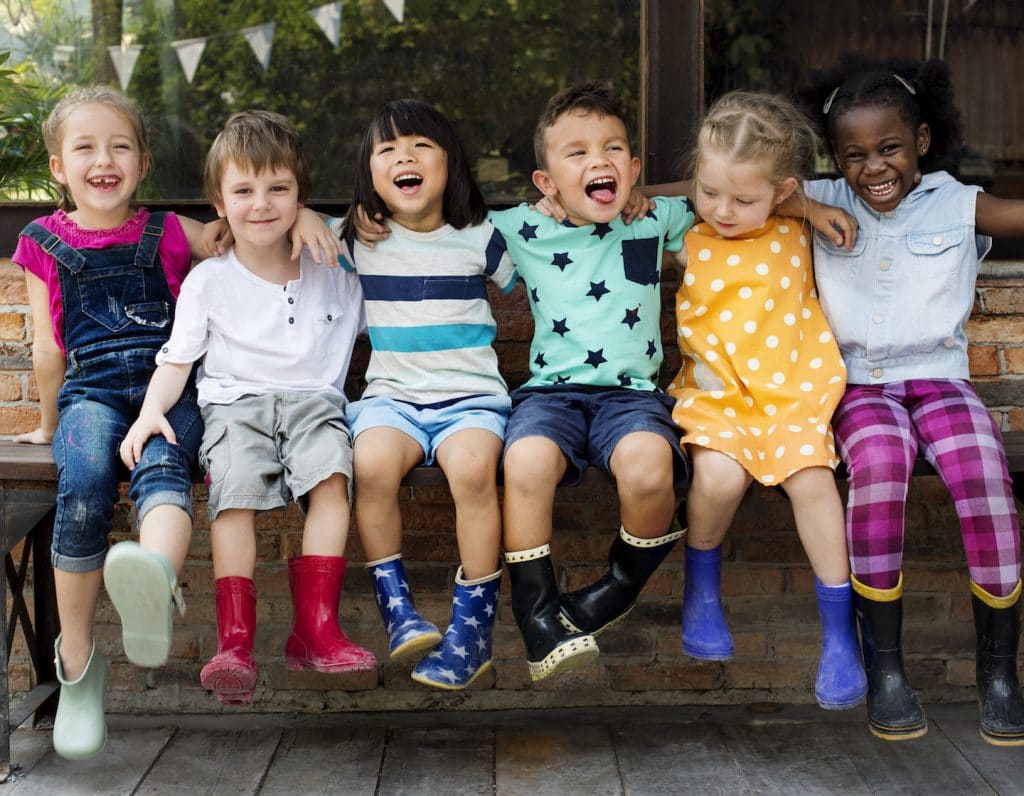

In part two of our series on adopting a child in Hong Kong, Kirsty Curthoys describes the trials and tribulations of adopting her son.
So you’ve made the big decision to go ahead and grow your family through adoption. What now? The process can feel a little daunting and, unlike traditional pregnancy, there isn’t as much information available about what to expect.
My husband and I welcomed our (then) 2.5-year-old adopted son into our family in 2017 and looking back on that time we were rabbits in the headlights as we reached each stage of the process, not really knowing what was coming next. Read on below for an insight into our experience; a breakdown of the application process, the matching process and the aftermath of parenting an adopted child.


The application process
The application process listed below is our experience of applying direct to the Social Welfare Department (“SWD”) in a local (Hong Kong) adoption – the process itself will be the same if you apply through one of the NGO adoption agencies handling local adoption in Hong Kong but there may also be other additional workshops and training offered. It is also worth noting that the sessions are offered in both Cantonese and English.
Briefing session
This is an introductory session giving you some basic information and the criteria for adopting in Hong Kong. See here for a list of the criteria from the Social Welfare Department website and here for a link to our previous article on Considering Adoption for more information on eligibility.
Enormous application form
You will submit one initial adoption questionnaire to start the process and then you are sent the full application form by your assigned social worker. This absolute beast of a form is eight pages of questions collecting all sorts of information, from your wider family details and health to questions about your own childhood, relationships with your parents and siblings and your prospective parenting style. Think of it like applying for a top university or a graduate program!
Included in the application form will be a child preference form. This is what I think of as the morally iffy bit of the process. When you get pregnant, you mostly have no idea what you are getting and no choice in the matter. When you adopt, you can essentially detail the sort of child you are looking for: age, sex, ethnicity, family background, why they were put up for adoption and their medical needs. There are sadly a higher proportion of children in care with additional needs, from totally minor (mild asthma) to life-changing medical issues and special needs, so you need to be as honest as you can about what you think you can cope with.
We took the opportunity to discuss the preference form with a doctor friend who gave us valuable insight into what all the complicated sounding medical conditions were and what we would be able to deal with.
Health checks and workshops
You undergo a health check to prove you are healthy enough to go to war (with your toddler) – chest X-Rays, blood tests and family history etc. Thankfully, nothing too intrusive! There are then two compulsory three- to four-hour workshops discussing the practicalities of raising adopted kids, and the extra issues you might face as an adoptive parent, including some comedy dubbed VHS videos from the 90’s.
Social worker interviews
We were interviewed several times by our Social Worker for two-to-three hours each time, both jointly and individually. It feels like they do this to try and catch you and to check you both give the same answers, but really, they just need to hear that you are on the same page and that your views on parenting and your own personal backgrounds and history are compatible with each other and for adoption.
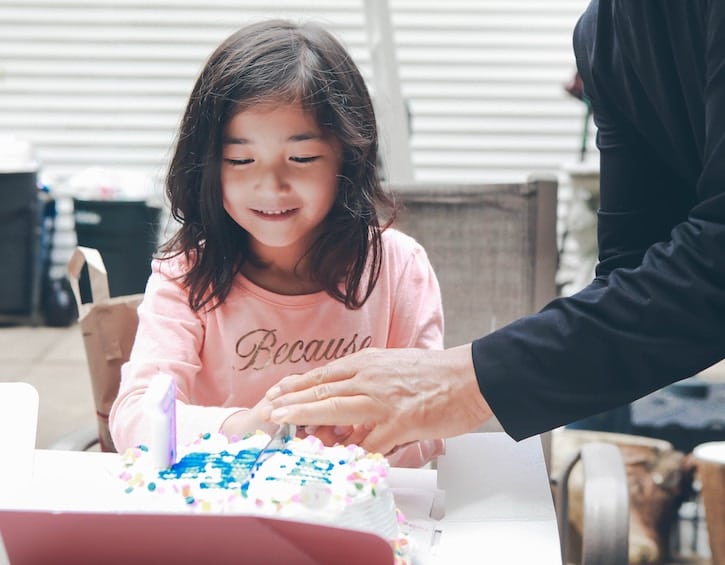

Referee interviews
If you have lived in HK for less than five years then you need two overseas referees and one local referee who would be willing to demonstrate to your social worker that they think you could be entrusted with a little person (for those living here for over five years it is just two local referees). Your support network in Hong Kong is something your social worker will specifically look for as they know you are going to need it!
Home visits
Your social worker will visit your home to meet the other members of your family (including your pets) and to check you don’t display a sword and flame thrower collection at floor height! It doesn’t matter what sort of home you live in but there must be a space for a bed for the child and for your family to live comfortably, plus no inherently dangerous features. They may request that you install certain safety features such as bars or locks on windows.
Approval and the matching process
Once your social worker is satisfied, you will be called or sent a letter letting you know once you have been approved and are now included in the adoptive parents pool. After the intensity of the application process you can now breathe a sigh of relief – celebrate, enjoy your free time and early morning lie-ins and sit tight while you wait to be matched with a child.
Every three weeks after approval your social worker will attend a matching panel considering all the available children and prospective parents and will call you with the outcome each time. If you have suffered with fertility issues then you will be familiar with the monthly (or in this case, three-weekly) anxiety around that particular time, waiting for a call. It beats peeing onto a stick, though!
There is no specific timeline for this but hopefully in the months or the first year or two after being approved you will get the call to say you have been matched. My entire office heard me burst into noisy tears after this call!
The beauty of the system is that providing you have been honest on your child preference form about what sort of child you would be willing to adopt, when you are matched and find out more about the child you will hopefully find the answer about whether you wish to proceed an easy one. However, you do have an opportunity at this point to say no, and you can also ask if your family doctor can meet with the child to assess any needs they have and to give you their honest opinion.
The ‘two-week blur’ – zero to parenthood
I can only describe what happens next as akin to finding out you are pregnant and then giving birth two weeks later. Once you have said yes, you will start an initial two-week period where you are invited to meet with the child for short periods in his/her current home setting. You’ll work with his or her current caregivers and slowly take over their care to build up to trips outside and eventually a visit to your home. I can honestly say this was one of the most emotionally draining two week periods of my life. In our case, however, the reward for our perseverance of seeing a scared little boy slowly accept us was well worth it when, after two weeks he came home with us for good.
You then begin a six-month adoption placement and your social worker will make monthly visits to collate information for a report they submit to the court before they recommend you to become the child’s legal parents. Your new family will then visit the Family Courts in Wan Chai where the judge will formally approve the adoption – bring your friends and family to celebrate a very special ‘Gotcha Day’!
Hong Kong operates a closed adoption system so there is no contact with the child’s birth family during the adoption process. Once the adoption is complete, you can later use the SWD root tracing services to contact the birth family, if and when you and the child think it is appropriate (usually when they are much older).
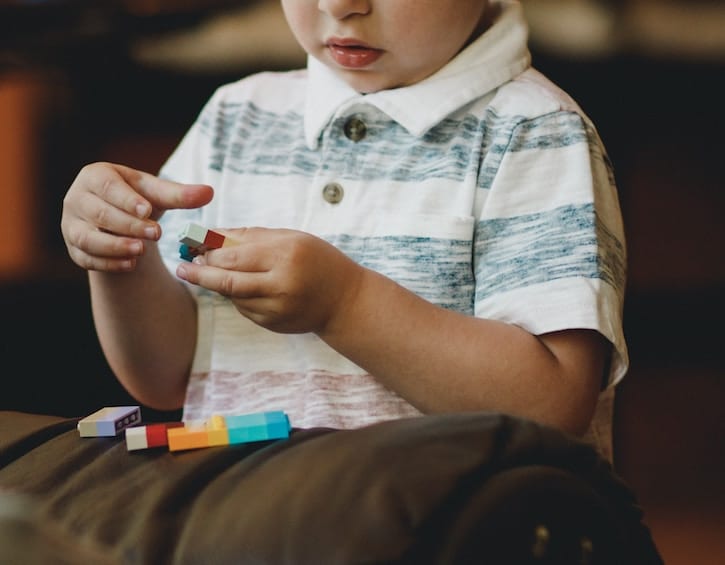

What can we do to prepare?
During the application and matching process it might feel a little premature to be planning for a child but other than reading and research there are things you can do to keep your momentum as you wait:
Attend all the adoption events you can. There are plenty of workshops and “waiting families” meetings available through the NGO adoption agencies and the charity ‘Adoptive Families of Hong Kong’ (details below). We found the Waiting Families meetings invaluable as you meet other people who are going through the same process as you.
Prepare your home. You won’t know the exact age or sex of the child you might eventually be matched with, so it can be really hard to prepare your home. However, you have so little time once matched it is worth collecting a few essential items. We found our local Facebook groups really helpful with this, and buying second-hand meant the cost of buying everything all at once wasn’t so daunting.
Talk to your employer. As you don’t get the nine-month run-up to your child’s homecoming, it is really hard to prepare at work, and once you are matched you will almost immediately need to take leave. There is no statutory adoption leave in Hong Kong so you will need to negotiate with your employer in advance if you feel comfortable doing so. This isn’t something you want to be dealing with during the matching process when your head is already fit to burst.


What are the potential challenges of adopting a child?
Each child is different and will have come from different circumstances. The best thing you can do is research and educate yourself as much as you can beforehand. Take a look at the adoption agency websites and AFHK for suggested reading lists. Although the research itself can be quite scary and off-putting at the time, it’s better to understand the challenges you might face and how to deal with them, and this will also help you when you are filling out your child preference form.
Some key adoption specific themes to read up on are:
Loss, trauma and neglect. The very nature of adoption means that the process must always start with loss of their birth family and, in some sad circumstances, this can mean there was also trauma or neglect. This can have a very profound effect on a child at different stages of their infancy, childhood and adolescence, and therefore, it is important to understand how you might deal with this and what other resources you might need to draw upon to help them deal with this.
If your adopted child has spent some time in an institution (like an orphanage), they likely will have lacked one-on-one attention and will often show some signs of developmental delay. This may be a non-issue (as it was with us) as you will help them to pick up skills they are lacking, but you can also seek the advice of speech therapists and physiotherapists to help them develop at their own pace.
Attachment and bonding. Children who have lived in institutions or who have had multiple caregivers may struggle to properly form attachments with their new caregivers. It may take a lot of your time and effort to build a bond, especially in the first stages. Research techniques and theories on attachment that you can use from day one to assist your child to bond with you.
Our son came to us speaking only Cantonese of which we spoke very little, so we had the additional issue of a toddler who couldn’t now make himself understood. But, it was amazing how quickly he picked up the language, and after six months, he was fluent in English. Use lots of body language and gestures, consider learning a little of the language they speak beforehand, and enlist your friends who do speak their language to help you translate in those early weeks and months.
Contact details
Social Welfare Department
Tel: 3595 1935
www.swd.gov.hk
Mother’s Choice
Tel: 2537 2285
E-mail: [email protected]
www.motherschoice.org
Po Leung Kuk
Tel: 2277 8396
E-mail: [email protected]
www.poleungkuk.org.hk
International Social Services, Hong Kong
Tel: 2834 6863
E-mail: [email protected]
www.isshk.org
Adoptive Families of Hong Kong
www.afhk.org.hk
Kirsty’s blog on adoption in Hong Kong
www.dimsumteawithmrc.wordpress.com
 View All
View All











 View All
View All
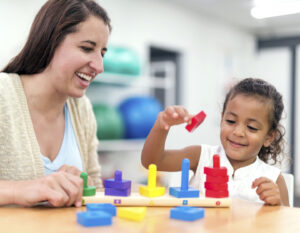
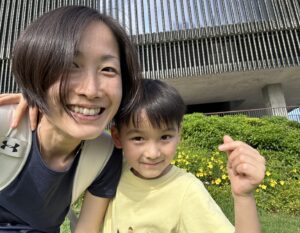



 View All
View All


 View All
View All








